What is Going On with This Grout?
HU-528228756
2 months ago
last modified: 2 months ago
Featured Answer
Sort by:Oldest
Comments (12)
millworkman
2 months agolast modified: 2 months agospec
2 months agoRelated Professionals
Westwood Home Builders · Cibolo General Contractors · Nashua General Contractors · Pico Rivera General Contractors · Lakeway Flooring Contractors · Saint Louis Park Flooring Contractors · Roxbury Crossing Tile and Stone Contractors · Coffeyville General Contractors · Halfway General Contractors · Jackson General Contractors · Cuyahoga Falls Kitchen & Bathroom Designers · Hemet Kitchen & Bathroom Designers · Eagle Mountain Kitchen & Bathroom Remodelers · Chester Kitchen & Bathroom Remodelers · Turlock Kitchen & Bathroom RemodelersA Mat
2 months agoHU-528228756
2 months agomillworkman
2 months agoHU-528228756
2 months agomillworkman
2 months agodan1888
2 months agoArchitectrunnerguy
2 months agoHU-528228756
13 days agomillworkman
13 days agolast modified: 13 days ago
Related Stories
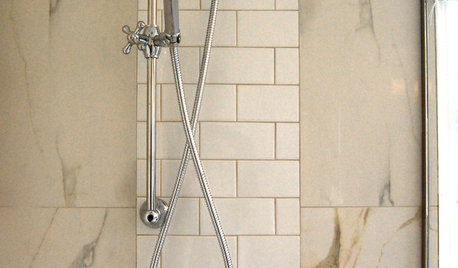
REMODELING GUIDES9 Ways Grout–Yes, Grout–Can Add to Your Design
Choose From a Palette of Grout Colors for a Warm, Unified Look
Full Story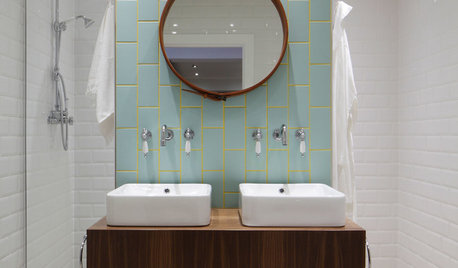
BATHROOM DESIGNWhat Grout Color Should You Choose for Your Tile?
More than an afterthought, the right grout contributes to your tile scheme by creating a cohesive, eye-catching unit
Full Story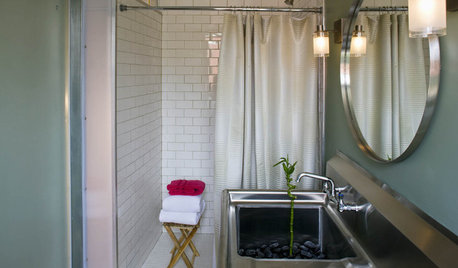
REMODELING GUIDESClassic Subway Tiles Go Uptown
Get a polished, high-end look from subway tiles old and new
Full Story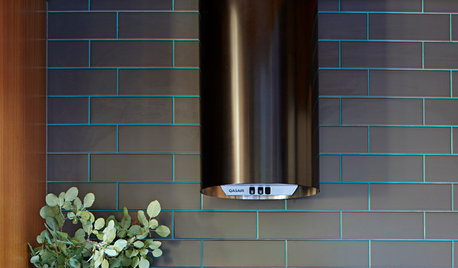
MOST POPULARIs Colorful Grout the Next Big Trend in Tile Design?
See how grout in 7 eye-catching colors is spicing up kitchens and bathrooms abroad
Full Story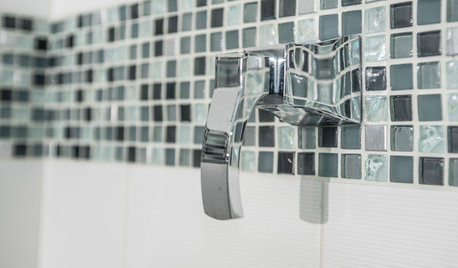
TILE3 Key Steps for Grouting That Looks Its Best
Get your grout right to keep your tile beautiful and for an installation that will last
Full Story
HOUSEKEEPINGHow to Clean Grout — Stains and All
If your grout is grossing you out, this deep-cleaning method will help it look new again
Full Story
TILEEpoxy vs. Cement Grout — What's the Difference?
Grout is grout, right? Nope. Cement and epoxy versions have different appearances, durability and rules of installation
Full Story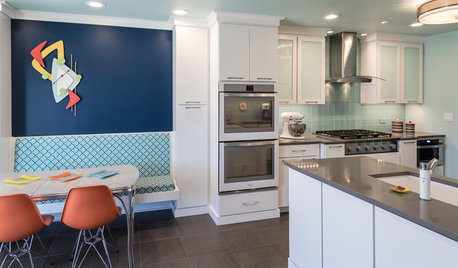
KITCHEN OF THE WEEKKitchen of the Week: Fans of Traditional Style Go For a ‘Mad Men’ Look
The TV show inspires a couple to turn their back on the style they knew and embrace a more fun and funkier vibe in their kitchen
Full Story
BATHROOM DESIGNConvert Your Tub Space Into a Shower — the Tiling and Grouting Phase
Step 3 in swapping your tub for a sleek new shower: Pick the right tile and test it out, then choose your grout color and type
Full Story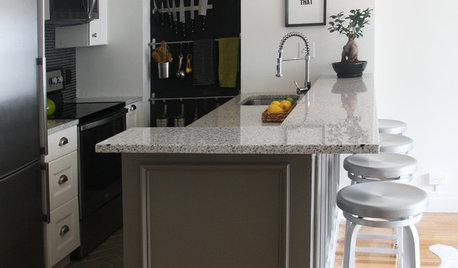
BEFORE AND AFTERSA Boston Kitchen and Bath Go From Dreary to Darling
See how a $25,000 renovation budget gave 2 outdated spaces in a small Massachusetts apartment a brand-new look
Full StorySponsored
Custom Craftsmanship & Construction Solutions in Franklin County
More Discussions







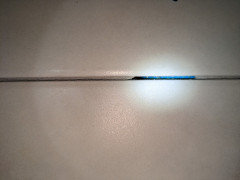

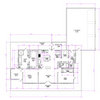

David Cary